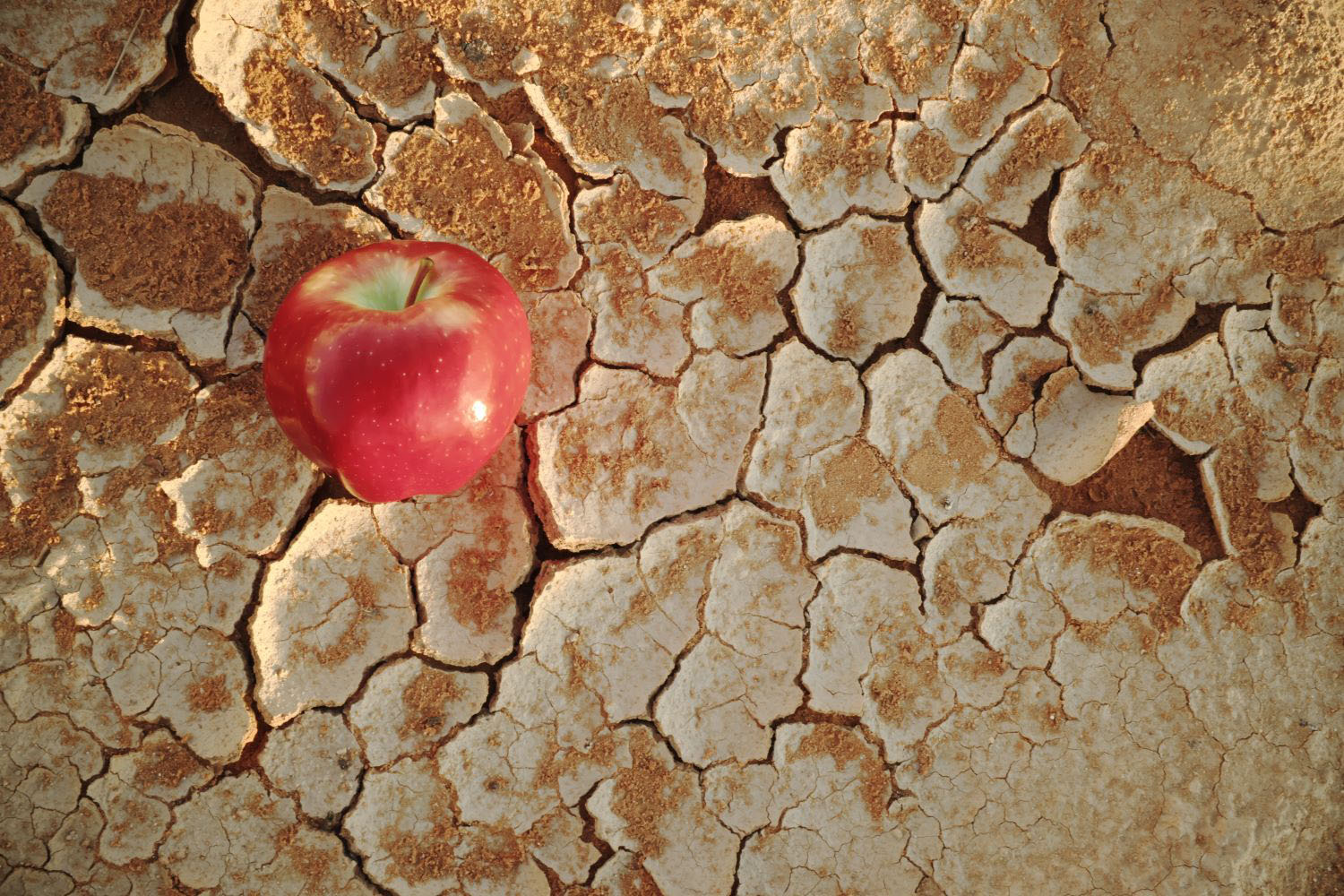US government promotion of the ethanol industry is an important element in the recent spikes in corn (and other food) prices, but rising oil and gasoline prices are also key contributors. This is the punch line of a recent presentation I gave on US biofuel policy, and a point that can be clearly illustrated in just two charts: the first chart provides a crude summary of key elements of US biofuels policy; the second chart shows trends in ethanol production, corn prices, and crude oil prices all starting to move together in the mid-2000s. Taken together, they illustrate the ethanol link between food and energy prices, and tell a story about the US policies that led to this convergence.To tell this story, I’ll start with the first chart which summarizes key elements of US biofuel policy and shows the increasing share of US corn production being used for ethanol, along with the sharply rising corn price. But missing from this chart are a plethora of subsidies and other policies introduced over the years by both federal and various state governments to support biofuels. The most important was the federal tax credit for blending ethanol into gasoline, which fluctuated around 50 cents/gallon over the years and was costing US taxpayers $6 billion a year when it was allowed to expire in 2011 for budget reasons. Those subsidies were not so important in the recent surge in production, but they were critical in creating the biofuel industry after the oil shocks of the 1970s and in sustaining it for many years when it would not have been profitable otherwise. In the early 2000s, demand for ethanol received a boost as an additive to make cleaner-burning gasoline when MTBE (methyl tertiary butyl ether) was discovered to be contaminating ground water in New York and California.Of larger import, the 9/11 terrorist attacks on New York and Washington contributed to rising crude oil prices and increased concerns about dependence on Middle Eastern oil supplies. In 2005, Congress created the “renewable fuel standard” mandating the blending of ethanol and other biofuels in gasoline. The mandated level was then doubled in 2008 and the mandate will continue to rise until it reaches a ceiling of 15 billion gallons for conventional (corn-based) ethanol in 2015. There is also a separate mandate for “advanced” biofuels, but cellulosic or other new technologies that would not rely on food crops have yet to attain commercial viability. Despite that, the Environmental Protection Agency, which implements the mandate, continues to impose fines on companies for not using biofuels that do not yet exist.In contrast to the advanced biofuels mandate, conventional ethanol production has generally been above the mandated level, as I illustrated here. As noted, the industry likely would not have gotten off the ground without government subsidies, but high oil and gasoline prices are a key driver of demand now.This brings us to the second chart, which shows corn and crude oil prices along with ethanol production. The chart shows a close correlation between oil prices and ethanol production, but little or no correlation between corn and oil prices until the mid-2000s, when they begin to move together. Experts at the World Bank and Food and Agricultural Organization, among others, project that energy prices will remain high and that this, in turn, is a structural factor supporting relatively higher food prices for at least the next decade.
Those subsidies were not so important in the recent surge in production, but they were critical in creating the biofuel industry after the oil shocks of the 1970s and in sustaining it for many years when it would not have been profitable otherwise. In the early 2000s, demand for ethanol received a boost as an additive to make cleaner-burning gasoline when MTBE (methyl tertiary butyl ether) was discovered to be contaminating ground water in New York and California.Of larger import, the 9/11 terrorist attacks on New York and Washington contributed to rising crude oil prices and increased concerns about dependence on Middle Eastern oil supplies. In 2005, Congress created the “renewable fuel standard” mandating the blending of ethanol and other biofuels in gasoline. The mandated level was then doubled in 2008 and the mandate will continue to rise until it reaches a ceiling of 15 billion gallons for conventional (corn-based) ethanol in 2015. There is also a separate mandate for “advanced” biofuels, but cellulosic or other new technologies that would not rely on food crops have yet to attain commercial viability. Despite that, the Environmental Protection Agency, which implements the mandate, continues to impose fines on companies for not using biofuels that do not yet exist.In contrast to the advanced biofuels mandate, conventional ethanol production has generally been above the mandated level, as I illustrated here. As noted, the industry likely would not have gotten off the ground without government subsidies, but high oil and gasoline prices are a key driver of demand now.This brings us to the second chart, which shows corn and crude oil prices along with ethanol production. The chart shows a close correlation between oil prices and ethanol production, but little or no correlation between corn and oil prices until the mid-2000s, when they begin to move together. Experts at the World Bank and Food and Agricultural Organization, among others, project that energy prices will remain high and that this, in turn, is a structural factor supporting relatively higher food prices for at least the next decade. The links between energy and food prices are on both the supply and demand sides. Agricultural production in industrialized countries is highly energy-intensive because of the use of machinery and inputs, like fertilizer, that require a lot of energy to produce. And then biofuels add a new source of demand for corn, oilseeds, and sugar as feedstocks, at the same time that demand for food is growing because of population growth and rising incomes in much of the developing world.But because there is only limited flexibility in the conventional mandate, the demand for ethanol is relatively inelastic and that contributes to the increased food price volatility that we have seen in recent years. The Environmental Protection Agency has the authority to waive the mandate if “it would severely harm the economy or environment,” but it declined to do so in 2008 when food prices spiked and declined to do so again last year when the drought drove down corn production. If Congress can’t find its way to eliminating the mandate, could it at least lower threshold for invoking the waiver to make it more flexible and easier to use?
The links between energy and food prices are on both the supply and demand sides. Agricultural production in industrialized countries is highly energy-intensive because of the use of machinery and inputs, like fertilizer, that require a lot of energy to produce. And then biofuels add a new source of demand for corn, oilseeds, and sugar as feedstocks, at the same time that demand for food is growing because of population growth and rising incomes in much of the developing world.But because there is only limited flexibility in the conventional mandate, the demand for ethanol is relatively inelastic and that contributes to the increased food price volatility that we have seen in recent years. The Environmental Protection Agency has the authority to waive the mandate if “it would severely harm the economy or environment,” but it declined to do so in 2008 when food prices spiked and declined to do so again last year when the drought drove down corn production. If Congress can’t find its way to eliminating the mandate, could it at least lower threshold for invoking the waiver to make it more flexible and easier to use?
CGD blog posts reflect the views of the authors, drawing on prior research and experience in their areas of expertise.
CGD is a nonpartisan, independent organization and does not take institutional positions.


 Those subsidies were not so important in the recent surge in production, but they were critical in creating the biofuel industry after the oil shocks of the 1970s and in sustaining it for many years when it would not have been profitable otherwise. In the early 2000s, demand for ethanol received a boost as an additive to make cleaner-burning gasoline when MTBE (methyl tertiary butyl ether) was discovered to be contaminating ground water in New York and California.Of larger import, the 9/11 terrorist attacks on New York and Washington contributed to rising crude oil prices and increased concerns about dependence on Middle Eastern oil supplies. In 2005, Congress created the “
Those subsidies were not so important in the recent surge in production, but they were critical in creating the biofuel industry after the oil shocks of the 1970s and in sustaining it for many years when it would not have been profitable otherwise. In the early 2000s, demand for ethanol received a boost as an additive to make cleaner-burning gasoline when MTBE (methyl tertiary butyl ether) was discovered to be contaminating ground water in New York and California.Of larger import, the 9/11 terrorist attacks on New York and Washington contributed to rising crude oil prices and increased concerns about dependence on Middle Eastern oil supplies. In 2005, Congress created the “ The links between energy and food prices are on both the supply and demand sides. Agricultural production in industrialized countries is highly energy-intensive because of the use of machinery and inputs, like fertilizer, that require a lot of energy to produce. And then biofuels add a new source of demand for corn, oilseeds, and sugar as feedstocks, at the same time that demand for food is growing because of population growth and rising incomes in much of the developing world.But because there is only limited flexibility in the conventional mandate, the demand for ethanol is relatively inelastic and that contributes to the increased food price volatility that we have seen in recent years. The Environmental Protection Agency has the authority to waive the mandate if “it would severely harm the economy or environment,” but it
The links between energy and food prices are on both the supply and demand sides. Agricultural production in industrialized countries is highly energy-intensive because of the use of machinery and inputs, like fertilizer, that require a lot of energy to produce. And then biofuels add a new source of demand for corn, oilseeds, and sugar as feedstocks, at the same time that demand for food is growing because of population growth and rising incomes in much of the developing world.But because there is only limited flexibility in the conventional mandate, the demand for ethanol is relatively inelastic and that contributes to the increased food price volatility that we have seen in recent years. The Environmental Protection Agency has the authority to waive the mandate if “it would severely harm the economy or environment,” but it 


